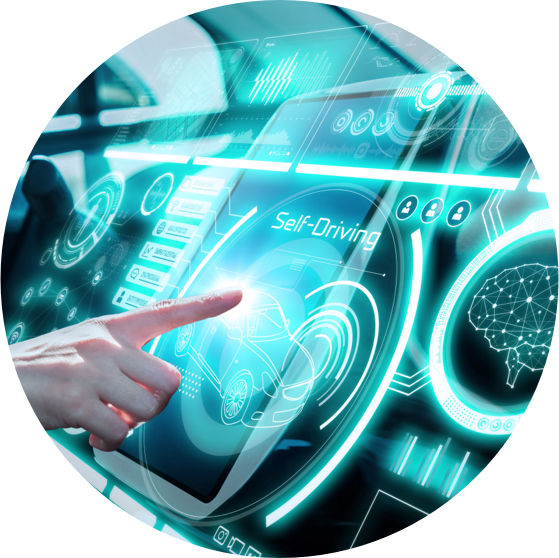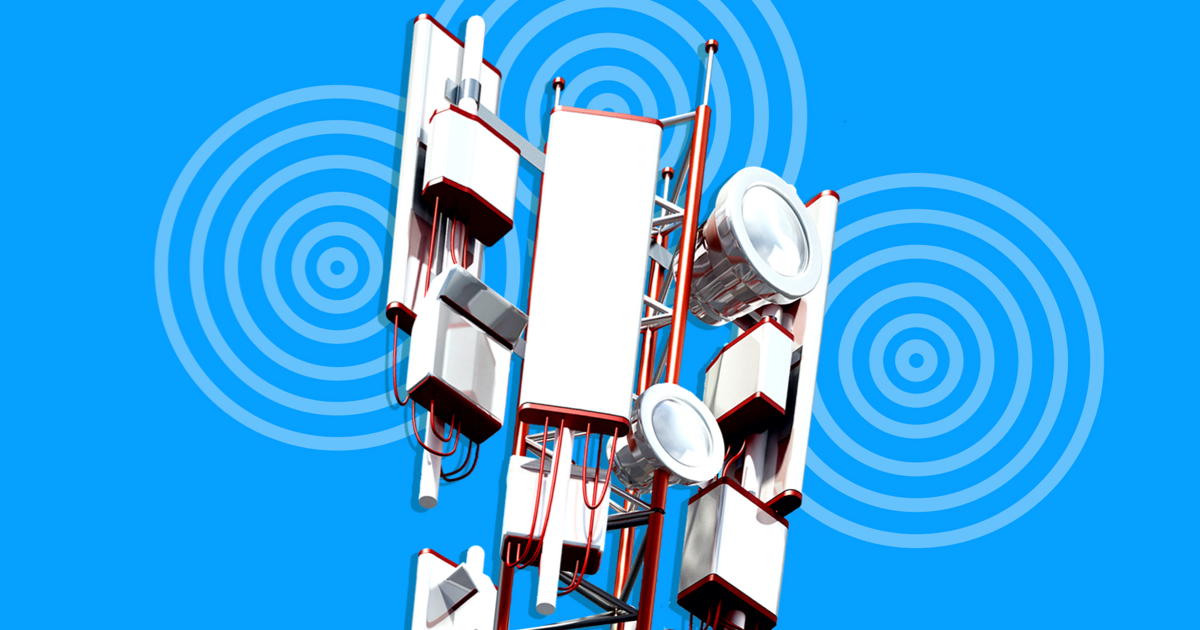What issue can we solve for you?
Type in your prompt above or try one of these suggestions
Suggested Prompt



Data Strategy in Automotive and the Future of Mobility
Data Strategy in Automotive and the Future of Mobility
The ability to process data and perform complex calculations at high speeds is set to revolutionize automotive design, software, self-driving and security.
Cars already serve as a rich source of data, and as they become more connected and autonomous, they will generate exponentially more of it. Developing a data strategy enabled by high performance computing (HPC) is therefore critical for OEMs. As the volume of data increases, simultaneously the world of mobility is shifting to software-enabled products and services.
Today, OEMs are already using HPC. But to be successful, they must place the customer at the center. Here is what to consider when developing a data strategy.

Using Data to Create New Products and Services for Drivers
Gartner predicts that by 2023, the automotive industry will be the largest market opportunity for 5G IoT solutions. Cars will rely heavily on 5G – and increasingly so. 5G will truly enable safe, reliable driverless cars. Vehicles connected via 5G have the potential to be part of the future of autonomous vehicles. At the same time, 5G connectivity can help keep traffic moving and improve road safety. For OEMS, it will also make manufacturing of cars faster, cheaper and more compliant.
In short, because OEMs are not only dealing with the car itself, but also the vehicle’s means of connectivity, they will be working with many more players. OEMs should consider unique partnership opportunities that can help transform and shape the future of automotive.
There are already collaborations in place with entities such as telecommunications companies, government road network programmers, insurance services, charging networks, infotainment services and more. Connected car software provides the ability to use data to create better predictive and preventative maintenance tools and other experiential services like infotainment, convenience mapping and parking services. For OEMs looking to better serve their customers, unique collaborations pave the way to creating outstanding driver and passenger experiences.
Volkswagen partnered with public transport provider CARRIS to equip buses with a traffic management system developed in-house. This system launched in Lisbon and uses a D-Wave quantum computer to calculate the fastest route for each of the nine participating buses individually and almost in real-time. The development team from Volkswagen is using data analytics tools to identify stops with especially high passenger numbers at certain times. Smart traffic management like these can provide effective support for cities and commuters.
Connected vehicles mean that automakers will have to invest extensively in areas such as remote sensing and artificial intelligence. Not all OEMs have the resources to build next generation intelligent vehicles, so tapping into all the capabilities of HPC as a key part in enabling a data strategy can be a real gamechanger.
Across new product and services development—whether a new plug-in hybrid vehicle, electric vehicle (EV) or combustion engine—all vehicles have software that is taking over the driving experience for ongoing innovation, efficiencies and testing.
HPC computing opens new possibilities for designing vehicles. For example, rendering a model can take twelve hours on a workstation but could take minutes with HPC computers. Although there will always be the physical components of a vehicle’s hardware, now there will be software engineers constantly retooling the functionality of the vehicle. A new way of working is emerging in the industry.
New vehicle launches will no longer take place every few years and many model year changes will happen throughout the lifecycle of owning the vehicle. Customers will be expecting regular security and functionality upgrades for their vehicle, similar to the services they receive for their smart phone. Test-and-learn will be the underlining impetus for speed and innovation. This new approach will engage a dynamic and compelling workplace that attracts and retains innovative and visionary talent. It all sounds easy, but it’s not. It requires a commitment to new ways of working that go beyond being nimble and agile.

Generating Data – and What That Means for the Consumer
Each connected, autonomous vehicle will be generating more than four terabytes of data a day – the data equivalent of almost 3,000 people, according to Intel. A survey by ABI Research revealed that there will be 41 million 5G-connected cars on the road by 2030, rising to 83 million by 2035. The sheer amount of data multiplied by the predicted number of autonomous vehicles on the road calls for a robust strategy to solve for the need to process high volumes of data.
As carmakers prepare operations to tackle this challenge, they must always consider the role of the central data producer, the consumer. As autonomous, connected car and software-enabled mobility become more prevalent, consumers are increasingly watchful how their data is used. OEMs need to show that they are creating the governance and tools to protect consumers all while innovating their products and services to consumers’ expectations.
Smartphone and apps are updated multiple times in a year, with at least one update on a typical phone or tablet occurring daily. The complexity of vehicle software updates poses risks, with timing and safety being paramount. HPC can provide the tools to determine how and when to make updates, but the dangers still exist. Updates cannot be made when the vehicle is moving, but how does a standing vehicle know when it will be moving? What if the updates do not work and prevent the vehicle from working? Entire road infrastructures could fail if software updates on even a few vehicles are not timed right or fail to work. Gaining consumers’ confidence that they can receive new functionality and be safe at the same time will need some level of governance by the industry.
5G will play a key role as a foundational infrastructure element that will connect multiple systems and require new governance approaches at scale. Surprising and delighting the customer will be the focus while remaining vigilant on safety and security.

China is leading the early deployment of 5G-capable vehicles. Many feature Huawei’s next generation 5G chip, and some are co-developed with Huawei. 5G vehicle-to-everything (V2X) intelligent communication systems, smart cockpits and advanced driving assistance levels equip most of these vehicles.
Beyond China, 2021 will also bring in the first global vehicle launch of a 5G-capable vehicle. The BMW iX is expected to launch by the end of 2021. Samsung's Harman unit is developing new 5G telematics components for the iX, which relies on a built-in SIM card with a dedicated hybrid V2X module that can support either Dedicated Short-Range Communications (DSRC) or cellular communication.
Customers are at the heart of developing a winning data strategy. They are the ones generating the essential data that will enable OEMs to run successful software-enabled mobility. Connected vehicles open up a vast opportunity for unique collaborations. Investing across new product and services development is essential, and HPC can assist OEMs in enabling the speed and innovation required to retool the functionality of new vehicles.
Start a Conversation

Alyssa Altman
Transportation and mobility Lead,
North America

Philip Beil
Transportation & Mobility Lead
EMEA & APAC
Related Readings
-
![]()
Waiting for 5G? What Your Business Can Do Now
5G is real – but, it will still be some time before it is fully functional. 5G has bigger implications for businesses than it does for consumers.
-
![]()
Data & Artificial Intelligence
Helping organizations get future ready by accelerating AI understanding and building a strategy to take you from discovery to world class solution.
-
![]()






